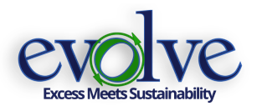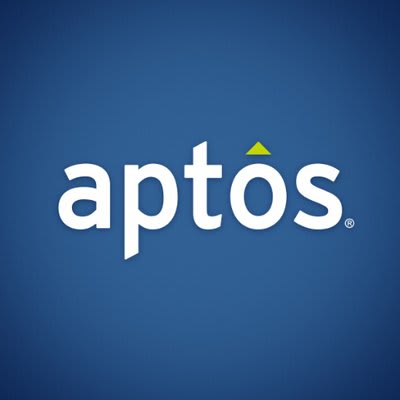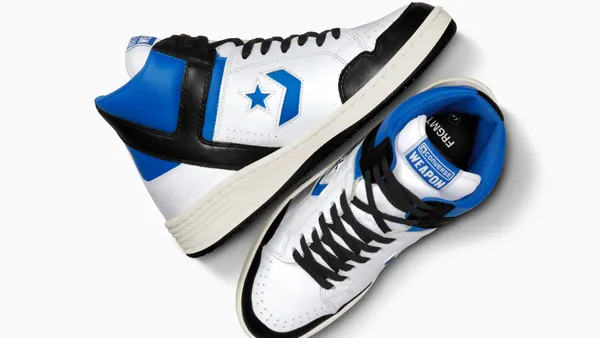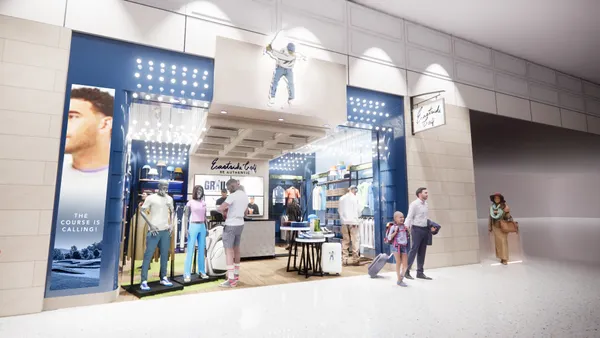Dive Brief:
-
Amazon is 11% less expensive than several key rivals' online prices, but Walmart is clearly on the offensive, according to a pricing study of identical products, in stock and in identical pack configurations, from e-commerce analytics firm Profitero.
-
On average, Walmart's prices were just 3% higher than Amazon's across 13 categories; Walmart was priced lower than Amazon in beauty (the only category where it actually beat Amazon) and came close in sports and outdoors, and baby products, Profitero found.
-
Amazon beat the daily online prices of Walmart, Target and Jet across 12 of 13 categories: vitamins and supplements, video games, toys and games, tools and home improvement, sports and outdoors, pet supplies, office and electronics, music and CDs, furniture, electronics, baby and appliances.
Dive Insight:
Amazon began its retail disruption two decades ago by undercutting brick-and-mortar bookstores on price, but while the e-commerce giant continues to handily beat rivals, the gap is narrowing.
That's particularly true when it comes to Walmart, which three years ago was losing that gambit, according to a 2014 Profitero study that found Walmart's pricing to be 9% higher than Amazon on average. Walmart has made the most strides in beauty: In 2014 Profitero found Walmart beauty products were priced 10% higher than Amazon, while this year Walmart's pricing in the category was 1% lower than Amazon's.
"This year there's been a marked rise in discussion about an online price war," the report's author, Profitero Senior Vice President of Strategy and Insights Keith Anderson, said in a statement. "In our biggest ever study, we've set out to illuminate the pricing dynamic at play and to better understand the high-stakes race to the bottom we're currently witnessing between Walmart.com and Amazon.com. While lower prices are good news for shoppers, suppliers and retailers will inevitably feel the pressure as we head into peak holiday season, as this price war is only set to intensify."
Target, by contrast, is losing ground. The 2014 Profitero study found that mass merchant's pricing to be 10% higher than Amazon, while the latest study found Target to be 16.9% more expensive than Amazon across 15,592 exactly matched products. But that may be by design. Target is working hard to differentiate its merchandise in several categories, including baby, apparel and home — and other Profitero pricing analysis and studies from other firms are finding Target to be very competitive when it comes to grocery and consumer product goods, Anderson told Retail Dive in an email.
By definition, private labels couldn't be compared in this study. Yet Target's sales from such merchandise have been able to bolster margins amid an emerging price war in consumables and grocery. Last month, Target announced a series of price cuts to those goods — an effort to get the word out that it's willing to play on that field. More recently, executives said that the retailer is hoping to rein in discounts on non-essential items during the holidays.
The most curious findings may relate to Jet — which at its launch two years ago positioned itself as gunning for Amazon and promised the lowest prices on the internet. That was predicated on Jet's original $50-per-year membership model, which it abandoned shortly after its debut (before its acquisition by Walmart last year). Jet founder Marc Lore, now Walmart's U.S. e-commerce chief, has more recently roasted membership fees, calling free two-day delivery "table stakes" for e-commerce.
Early Profitero analysis of Jet pricing found that on its launch day two years ago, Jet did deliver — on average — prices that were 9% lower than Amazon and 6% lower than Walmart; that research found Jet to be the lowest priced across seven categories. This summer, though, Jet averaged out at 12.3% more expensive than Amazon across 36,509 exactly matched products — the second most expensive of the "major" retailers. Jet was not the closest retailer to Amazon pricing in any category, with its most expensive being office electronics and supplies, which cost on average 23% more than Amazon's pricing. (Prices were the initial list price, excluding Jet's Smart Cart discounts, which allow shoppers to opt for slower shipping or forgo returns in exchange for price cuts.)
"I … suspect they may be leaning heavily on the Smart Cart discounts (which we excluded from our comparisons) to be price competitive," Anderson told Retail Dive in an email. "Aside from beauty and pet, this study excluded a lot of everyday essentials like groceries and household supplies. I suspect that perhaps Jet and Target are a little more flexible on pricing in the higher-margin categories we studied this time, but perhaps we'll see that they're more competitive on grocery and CPG when we look closely at those categories (which we're planning to do soon)."
Specialist retailers like Best Buy and Home Depot did not fare well, according to Profitero. Staples was the most expensive retailer with a 49% price index compared to Amazon, and Walgreens was the second most expensive with a 41% price index compared to Amazon. Online e-commerce electronics retailer Newegg was 37% more expensive on average and Toys R Us was 18% more expensive overall and 17% more expensive in the baby category, for example. Online pet retailer Chewy.com had the closest pricing to Amazon of all specialist retailers, with average prices 7% higher than Amazon.














